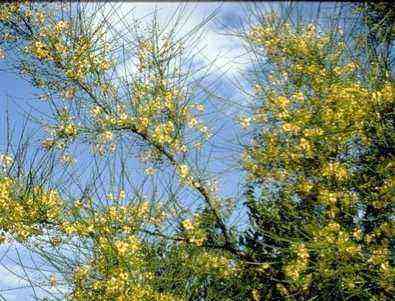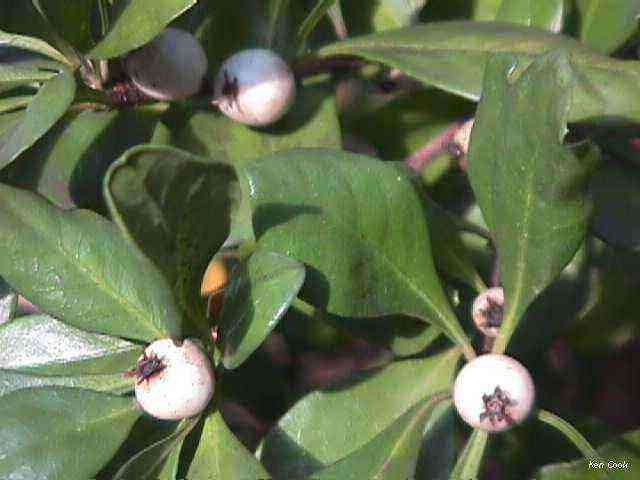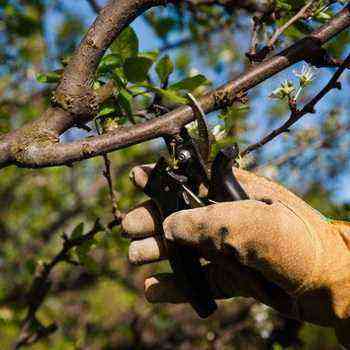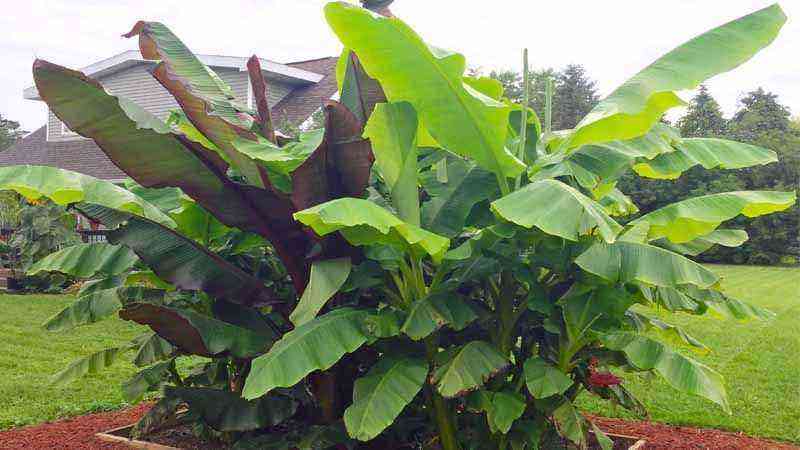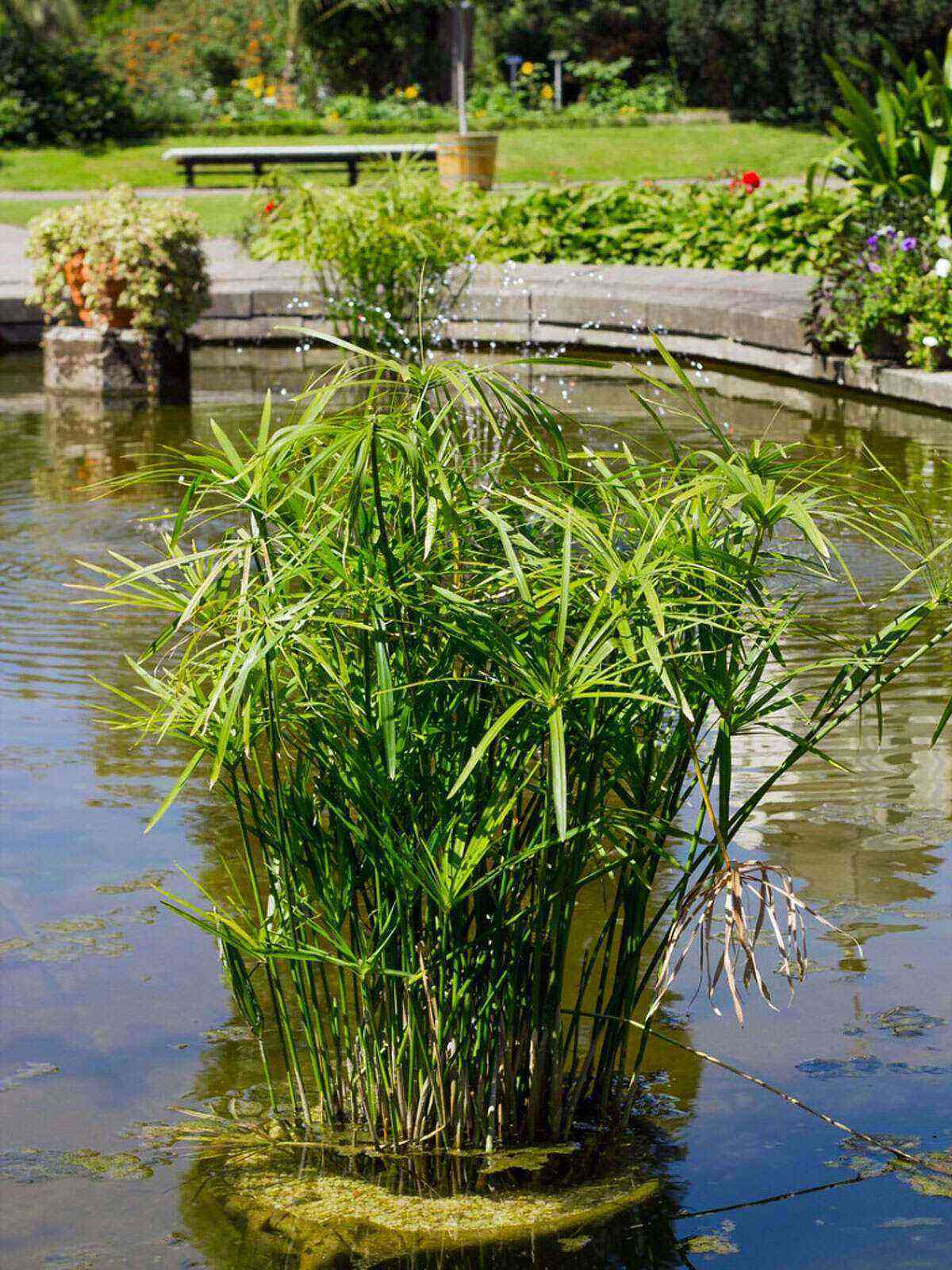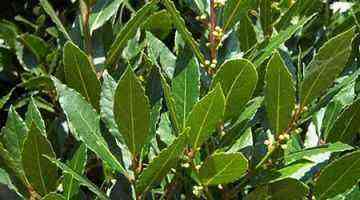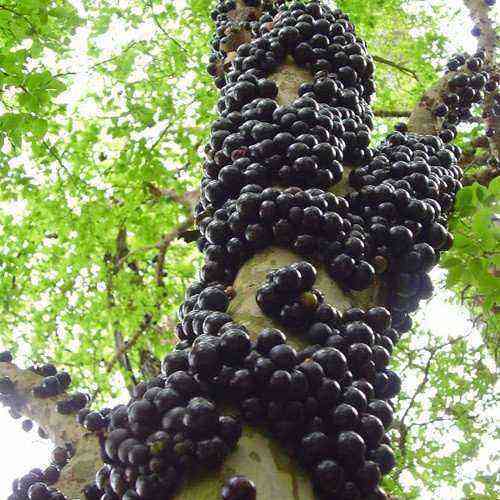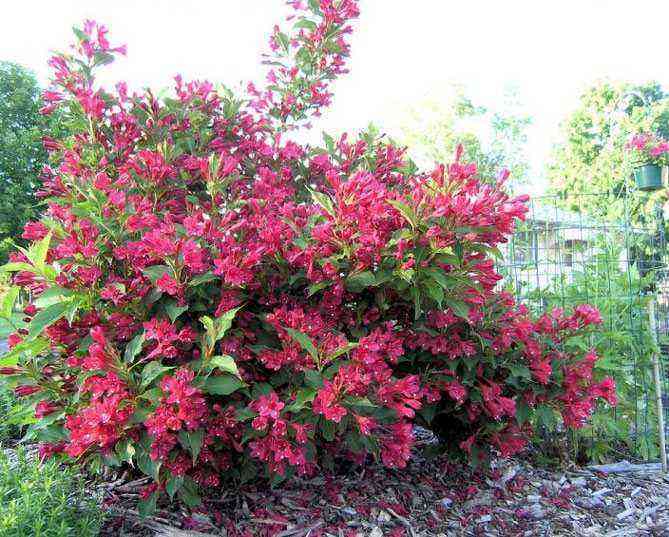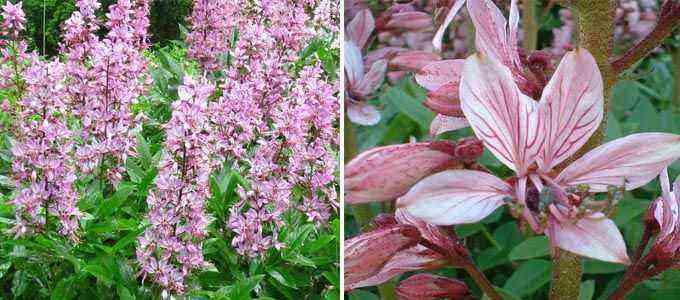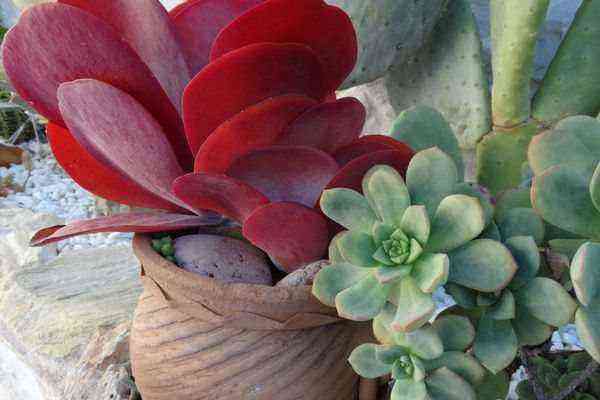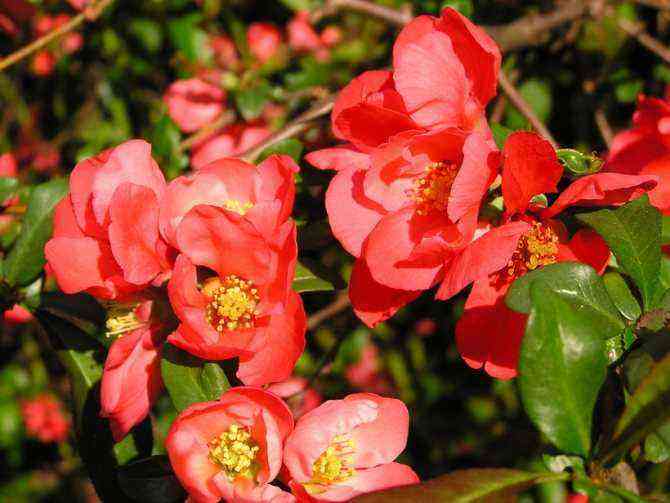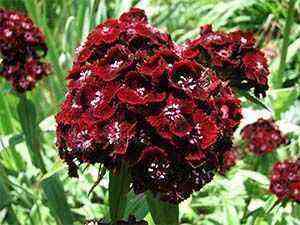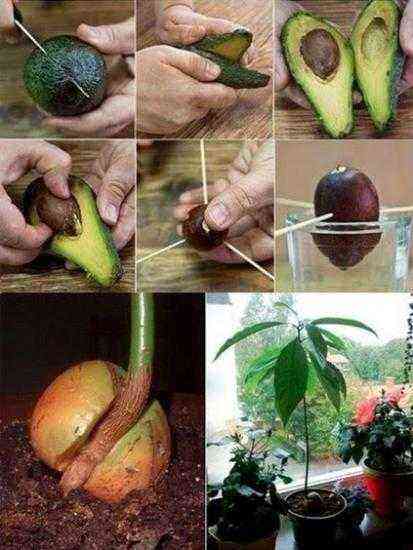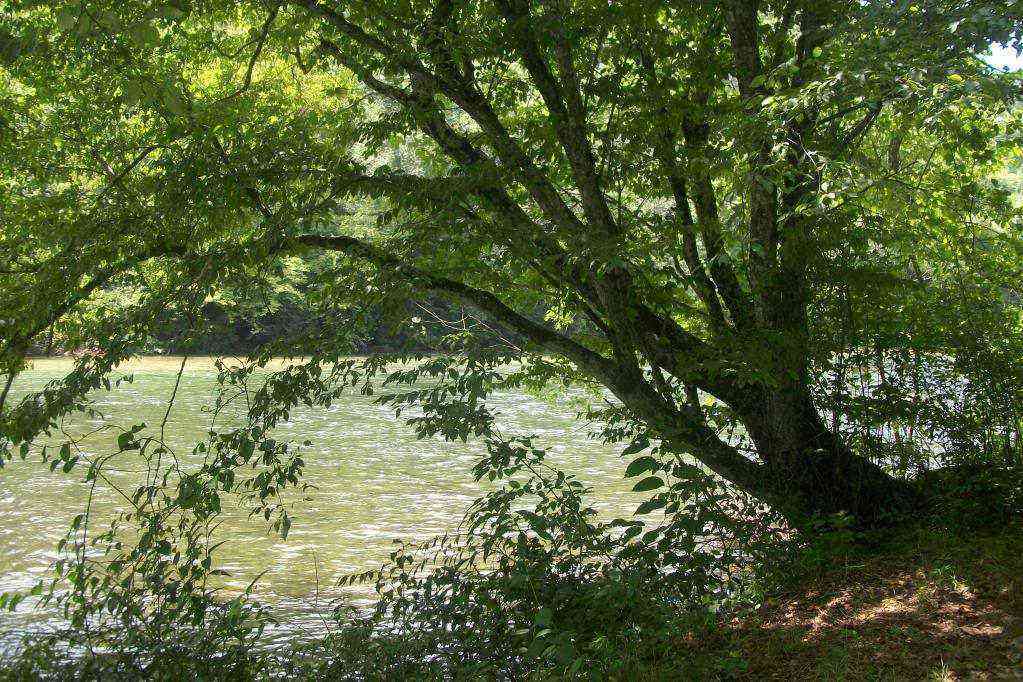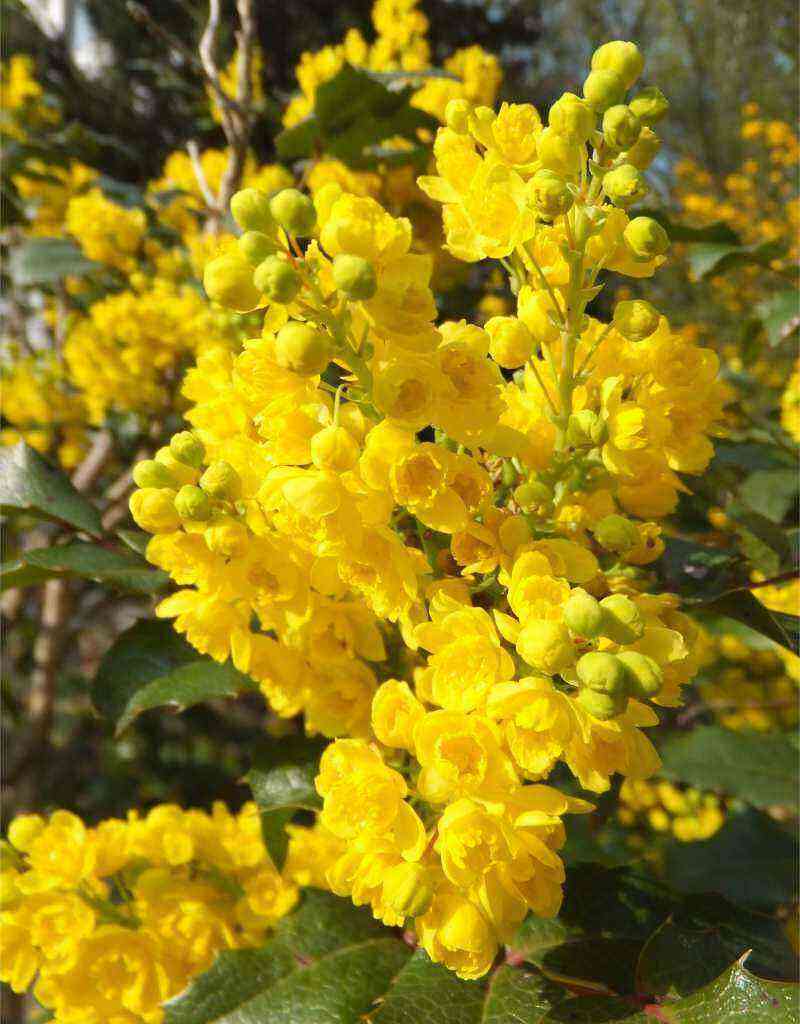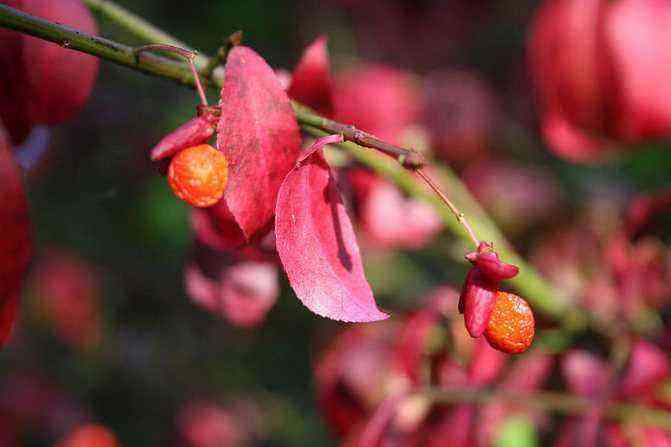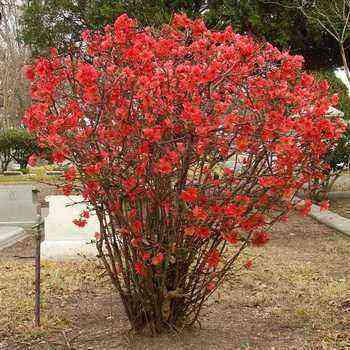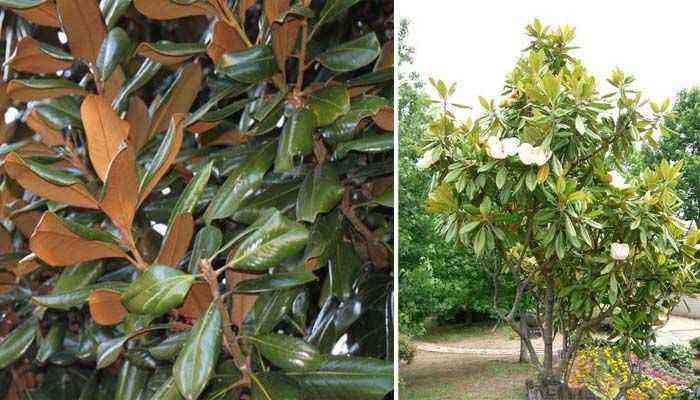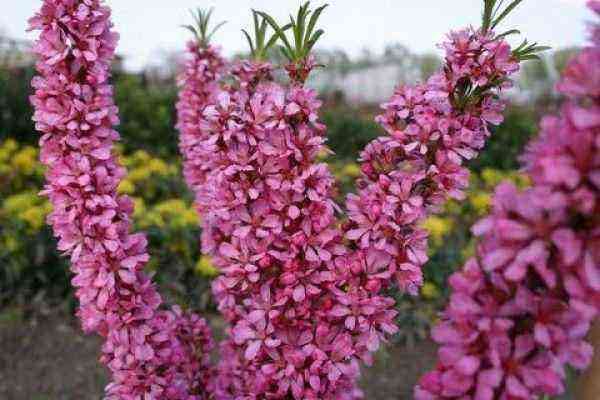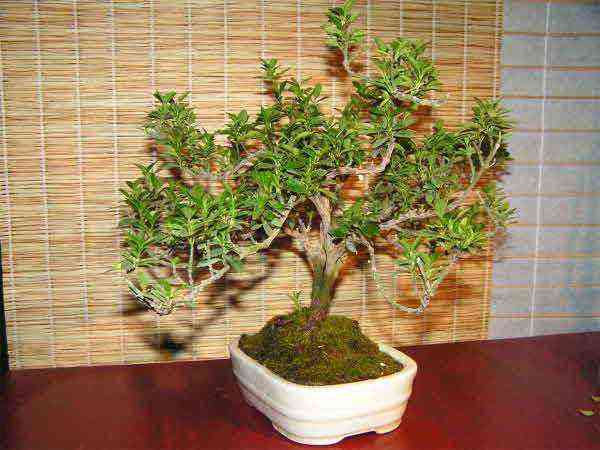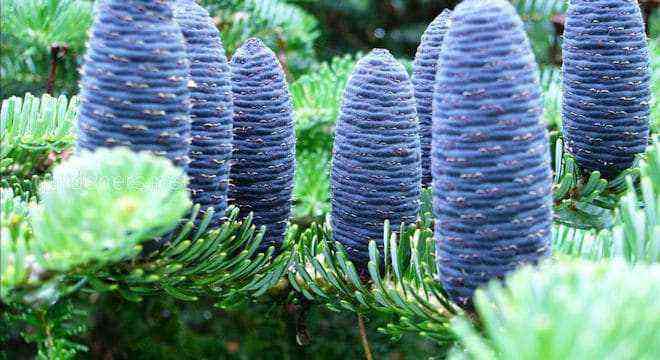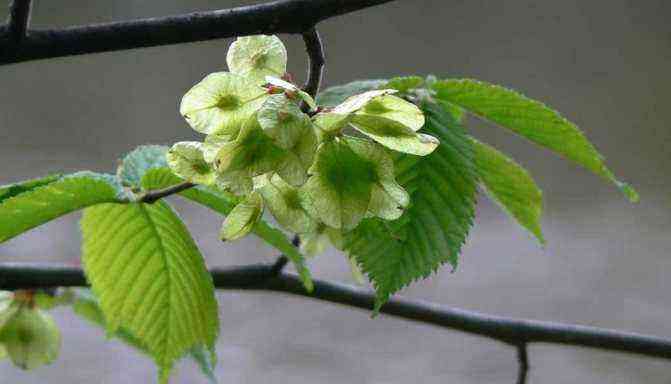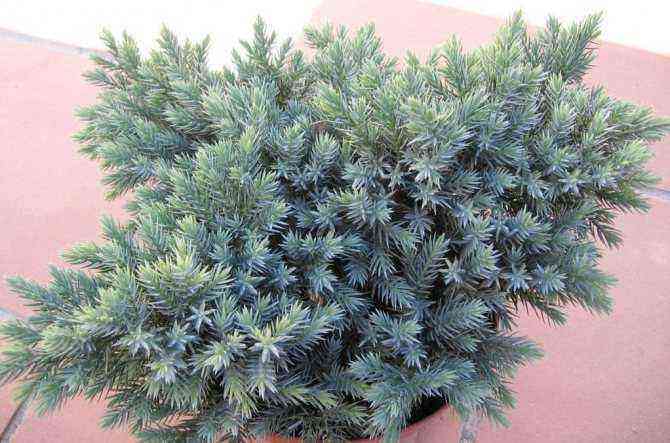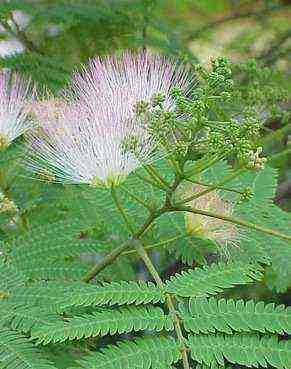El flamboyant it is one of the most striking and popular tropical trees. It is not surprising that in its scientific name it bears the word “regal”, since it is a particularly beautiful tree. The spectacular of its glass in the shape of a parasol and the beauty of its flowers make it a very used as an ornamental tree for urban decoration in towns and cities.
It is a species that has little resistance to cold and, therefore, it is quite difficult to reproduce and maintain it in countries that do not enjoy a temperate climate. However, it is not entirely impossible if you follow a series of recommendations that we will see below.
Main characteristics of the flamboyant tree (Delonix direction)
Once you have seen a flamboyant it will be very difficult for you not to learn to recognize it because it will surely attract your attention. Scientific name Delonix direction, belongs to the family Fabaceae, subfamily Caesalpinioideae. It is originally from Madagascar and it is also called the Tree of the Flame.
Trunk and roots
The roots of the flamboyant they are very invasive and quite shallow, they grow rapidly, so it is not convenient to plant it near paved soils, water pipes or swimming pools since there is a risk of breakage or lifting due to these roots.
In its natural habitat, it is a tree that grows quite quickly, being somewhat slower in cold climates. Its trunk of a pale grayish color is narrow and smooth bark. It is capable of growing up to 50 cm. in a year, being able to reach 12 meters and can live up to 60 years.
Leaves
The leaves of the flamboyant, of an intense green color, remind the naked eye of the fern leaves, since they measure between 30 and 50 centimeters and are made up of up to 40 pairs of primary leaflets (smaller leaves) and 10 to 20 secondary leaflets, forming together with the branches a parasol-shaped crown that can reach up to 6 meters diameter.
If the tree grows in hot and humid climates, whose minimum temperature is not lower than 10 degrees, its leaves will be perennial, losing only the leaves that are getting old while the new ones come out, but it will always remain green. On the other hand, if it grows in colder climates in which the minimum temperature is below 5 ºC and in seasons in which there is little humidity, the leaves will be deciduous during the winter, growing again in spring.
Flowers
Made up of four petals of an intense red color, they are bigThey measure about 8 centimeters and are crowned by a fifth petal with yellow, white and red spots. Even if red is the most common color there is another variety in which the flowers are of a striking yellow color. These sprout in spring, but not before the tree reaches the age of 4 or 5 years.
If the flowers are pollinated, they will bear fruit, a kind of large and wide pods up to 70 centimeters long, green at first and dark brown when they mature, which house the seeds inside.
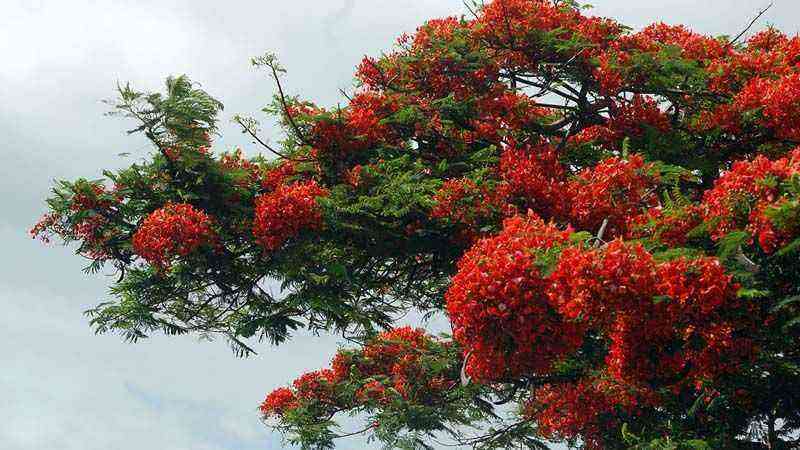

Flamboyant care in the garden
Location
Despite its tropical origin, The care of this beautiful tree is not too complicated and it can be enjoyed almost in any climatic zone, as long as the temperatures oscillate between 10 and 35 ºC.
It is such a special tree that to enjoy it it is advisable to reserve an exclusive place for it where it can grow in full sun, since it does not tolerate shady areas.
Irrigation
During the winter it is not advisable to water it more than once a week and in summer the watering should be frequent, once a day or every two at most.
Substratum
The adequate substrate for its perfect growth is black peat with perlite mixed at 20% and if we also add 10% of worm humus much better.
Fertilizer
If the place where the flamboyant is is not exactly its natural habitat, it is essential to fertilize it to provide the nutrients necessary for its growth to the substrate. From spring budding, granulated fertilizer is used, adding it around the trunk in an amount of 100-200 grams and repeating in mid-summer.
Transplant
Although it can be grown in a pot during the first years, it is convenient to transplant it into the ground so that it can reach its maximum size. The right time is to early spring.
Winter care
If the flamboyant is grown in areas where during the winter temperatures drop below 10 degrees, for it to survive, it is convenient to cover them with a plastic as a greenhouse and ensure that the substrate is always kept moist and fertilized, and avoid making watering when there is a risk of frost so as not to damage the roots.
Multiplication
The flamboyant, like most trees, can reproduce three different ways, some faster than others.
By cuttings
During the autumn we will select a branch that is at least one centimeter thick and we will make a bevel cut that we will impregnate with rooting hormones, then we will plant it in a pot with porous substrate and we will put it in an area where it does not get direct sun while maintaining the wet substrate.
Through the seeds
We will lightly scrape the surface and then let them soak for at least 24 hours to start germination, then we will transfer them to the seedbed that we will keep in the sun and with the substrate always moist. After a few days the cotyledons will appear and later the leaves. When they are of a suitable size we can transplant the tree.
By air layering
The system is the same as for cuttings only in spring, and instead of cutting the branch, we will leave it on the tree, scraping it and after impregnating it with hormones, we will cover it with a black bag until the roots come out, at which time the one that we can cut it and pass it to a pot.





